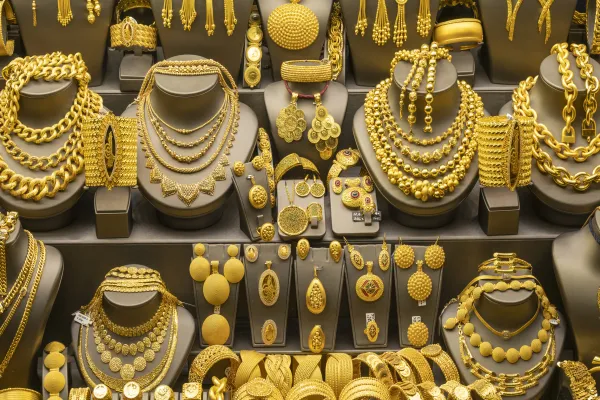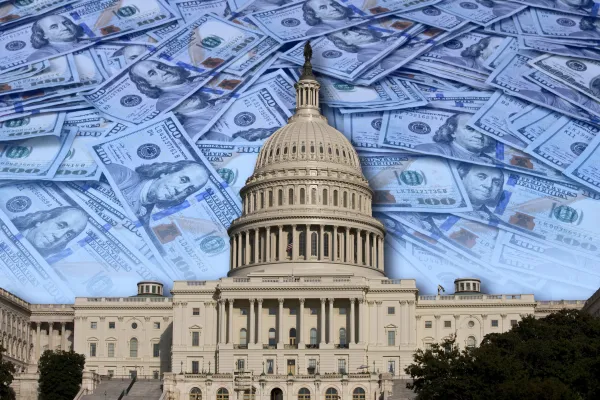Despite the sell-off in risk assets earlier this year, we still do not think that 2016 is the time to jump in. Indeed, many of the macroeconomic crosscurrents that we have witnessed so far in 2016 feel more like a random puzzle of complexity than a market of predictable efficiency. Just consider what’s happened since the start of the year: Japan has adopted negative interest rates, European banks have traded down 23 percent on average on intensifying capital shortage and deflation fears, and China has bled out $128 billion in reserves defending its currency.
We at KKR have been spending a lot of time debating with both internal and external constituents many of the important trends driving performance across the global capital markets. In doing so, what we have uncovered is that several of the macro views for which we have highest conviction differ significantly from the consensus in a few key areas. We note the following four areas in which we think the prevailing outlook is too optimistic:
The focus should be on the structural slowdown in nominal GDP and revenues, not the real GDP figures quoted by many leading economists. Given that companies are compensated for growth in nominal, not real, terms, we believe that what we see right now at the macro level across economies is important — not only for KKR as an owner-operator of more than 100 companies across the globe but also for all owners of any business. What we observe at the broadest macro level is a notable decline in nominal GDP growth across many key emerging markets, which collectively have accounted for two thirds of incremental global growth in recent years. In China, for example, nominal GDP growth has declined 70 percent since 2011, compared with a 31 percent decline in real GDP growth during the same period. We thus think a lower nominal GDP growth environment may require a different investment approach, capital structure and operational focus.
China’s currency dilemma is primarily linked to its capital account, not its current account. Contrary to popular opinion, China is actually not losing market share in exports. In fact, compliments of a successful high-end export strategy, China’s overall market share of total global exports has increased, to 13.7 percent in 2015 from 10.7 percent in 2011. At the same time, however, the country’s debt load has ballooned 66 percent, from $14.4 trillion in 2011 to $23.9 trillion in 2015. Meanwhile, its producer price index has been running negative for 47 consecutive months. As a result, its real ten-year rate has soared to 1.1 percent from –3.0 percent in 2011, which suggests to us that the country needs to significantly lower rates to offset this more restrictive monetary status. If it doesn’t, then we are confident that growth will likely continue to disappoint. If China does lower rates to ease the deflationary headwinds it now faces, however, its currency too must depreciate. This conundrum is being exacerbated by the fact that the country’s capital account outflows are now larger than its current-account inflows.
Nontraditional monetary policy, including negative interest rates, could now be a negative, not a positive, for risk assets. We may look back at the decision by Bank of Japan governor Haruhiko Kuroda on January 29 to implement negative rates as a major inflection point in investor confidence toward unconventional monetary policy. Since making that announcement, the yen has actually appreciated 6.3 percent. Meanwhile, in Europe, the euro is close to flat over the same period, despite dovish comments about more support coming from the European Central Bank. Investors are right to be concerned about what negative rates mean for many parts of the economy, the global financial services system in particular.
Oil will likely remain in a bear market as long as supply continues to outpace demand, which we suspect will remain the case throughout most of 2016. We are often asked for a specific trough price target for crude oil. Our recent research leads us to believe this is actually the wrong question, as we think investors should focus not on where crude will bottom but when. We have found that, historically, oil bear markets have continued until the physical supply gluts that caused them finally run out. In 2016 we do not see such rebalancing happening until the third quarter at the earliest, and that is only if OPEC and Russia successfully extend — and implement — their supply freeze to include Iran and Iraq. Our colleagues at the KKR Global Institute believe this will be difficult to execute, which leaves us concerned that the oversupply could continue into late 2016 or beyond.
Significantly, if our views on the aforementioned macro issues are correct, then our decision to take a more conservative view of the world in 2016 still seems logical. It also reinforces our defensive framework for global asset allocation at this point in the cycle, particularly as we cannot remember a time when the crosscurrents have been so strong.
Looking at the big picture, our basic message remains that it is not business as usual across financial services. If 2015 was a time to get “Closer to Home,” then 2016 still remains a time for “Adult Swim Only.” To note: Just three months into 2016, recent developments lead us to believe that the risks for the market are increasingly mounting to the downside.
Henry McVey is head of global and macro asset allocation at KKR in New York.
See KKR’s disclaimer.
Get more on macro.





